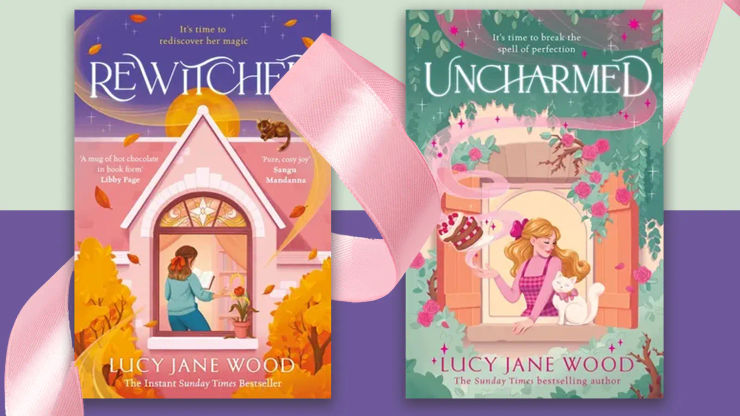Fiction

The best books to read if you love Stranger Things
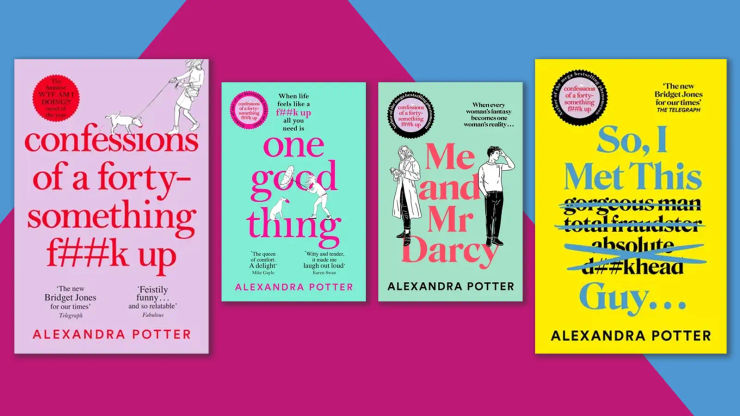
Alexandra Potter & Confessions of a Forty-Something: a guide
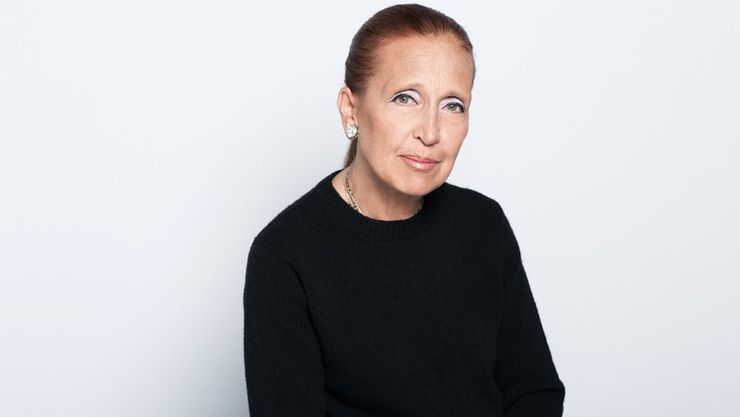
Danielle Steel: a guide to her latest books & bestsellers

Before the year ends: 10 outstanding novels to tick off your reading list

The best female friendships in fiction
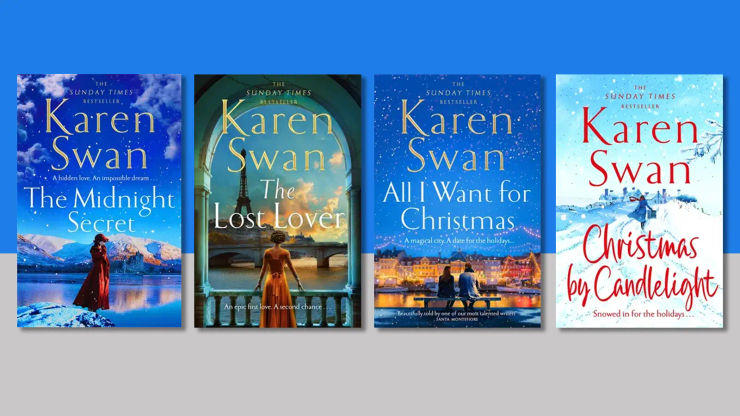
A guide to Karen Swan's books in order

The best cosy Christmas feel-good books
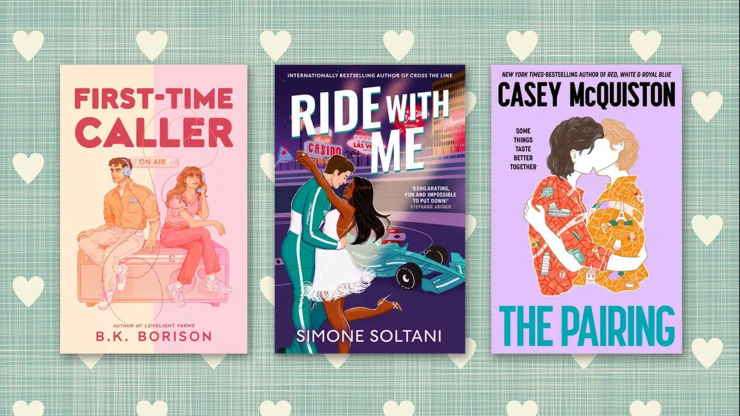
40 of the best romance novels of all time

The Life of a Showgirl (Pan Macmillan’s version)

7 books that will haunt your thoughts
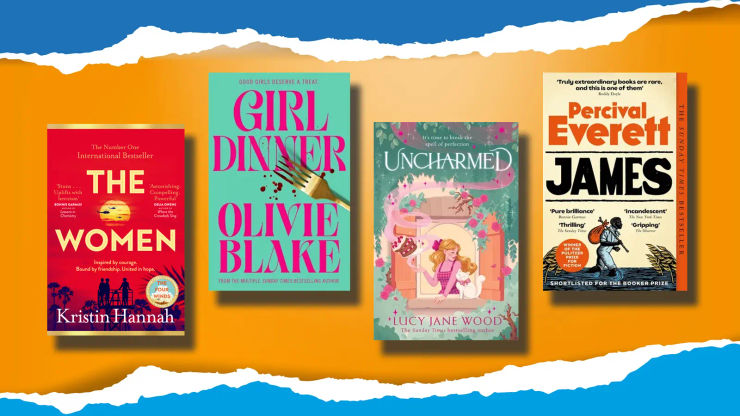
The best fiction books of 2025, and all time

By order of The Traitors: 8 of the best books about betrayal
